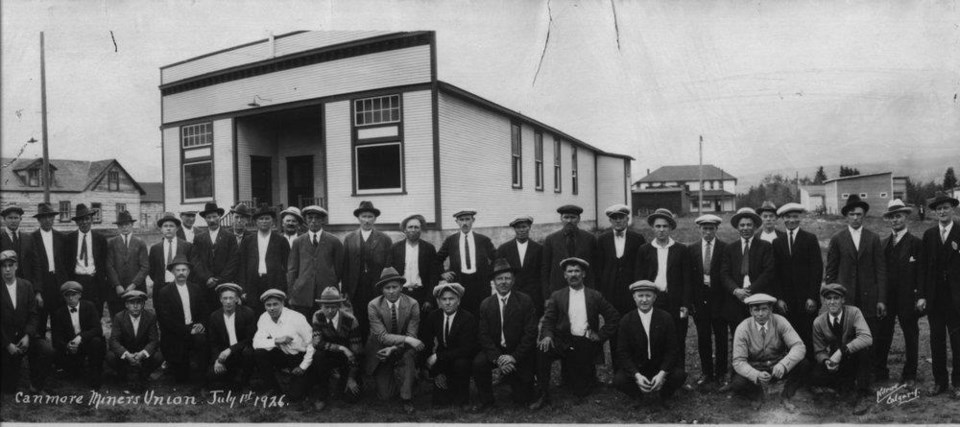CANMORE – The buildings of a town tell the story of its history.
Too often though, that history is torn down to make way for new developments.
The Canmore Museum is hoping to preserve some of that history through its Uncovering Canmore Heritage project. To get the public involved, the museum is hosting a free information session on Feb. 9 at 7 p.m. to learn about the project.
“The event is one of our public engagement pieces of paper we started a year ago,” said Ron Ulrich, executive director of the Canmore Museum. “The scope of that project is really about updating the Canmore heritage inventory.
Jeanie Gartley, heritage planner and project consultant, will hear from the public about the major historical themes, eras of development and places of interest that should be added to the places of interest list.
When a historic inventory was done on Canmore’s buildings in 1982, about 300 buildings were identified. Two decades later, there were 120 left.
“Now, there is less than 60,” Ulrich said.
The event’s purpose will be to look at what is left of the original buildings assessed in 1982 and find what other buildings assessed today have value to the community that was built since 1940.
“That will be a large part of what that event focuses on,” Ulrich said. “An engagement with the community to find the places that are of value to them.”
As Canmore continues to develop itself as new businesses and residents flood in, it puts extra strain on the heritage buildings of the community.
“Development continues at a quick pace in the valley,” Ulrich said. “We don’t want to lose those places and buildings that tell important stories and ground our community.”
Currently, Uncovering Canmore’s Heritage is in its first phase. Phase two will identify the significance of Chuwapchipchiyan Kudi Bi, including place names, places of archaeological significance and places of cultural and historic interest. Phase three will develop the Canmore heritage strategy and heritage program.
“There are pressures on heritage buildings now as development continues to grow,” Ulrich said. “There needs to be buy in from the development community, from the Town of Canmore, and the planning department. There is work we need to do.”
Ulrich cited the Miners’ Hall, which was built in 1913 and remains one of the most important cultural facilities in Canmore.
“Maintaining that building maintains an important story of how our community infrastructure was initiated and built over time,” Ulrich said. “They need a new roof. That is not cheap and maintenance is not cheap, so how can we work with the municipality to designate a building like that so it can access grant funding?”
Once the project is completed, it will provide a look at the different eras of Canmore’s history, and how those eras of development and their themes serve as part of Canmore’s history.
“We are hoping we can get from the public a sense of if we are on the right track with this project in assessing Canmore’s history today,” Ulrich said. “We want to talk about the ways we can preserve Canmore heritage. We want input for that that will inform future phases of the project.”
As for when the project will be finished, that will depend on funding.
For Ulrich, preserving the history of the community is important because it preserves the story of those who came before.
“We are a town with a past,” Ulrich said. “What we want to make sure is we still have evidence of that story of Canmore available to future generations. Heritage grounds our community. It is about our identity. It is about who we are and how we see ourselves.”



